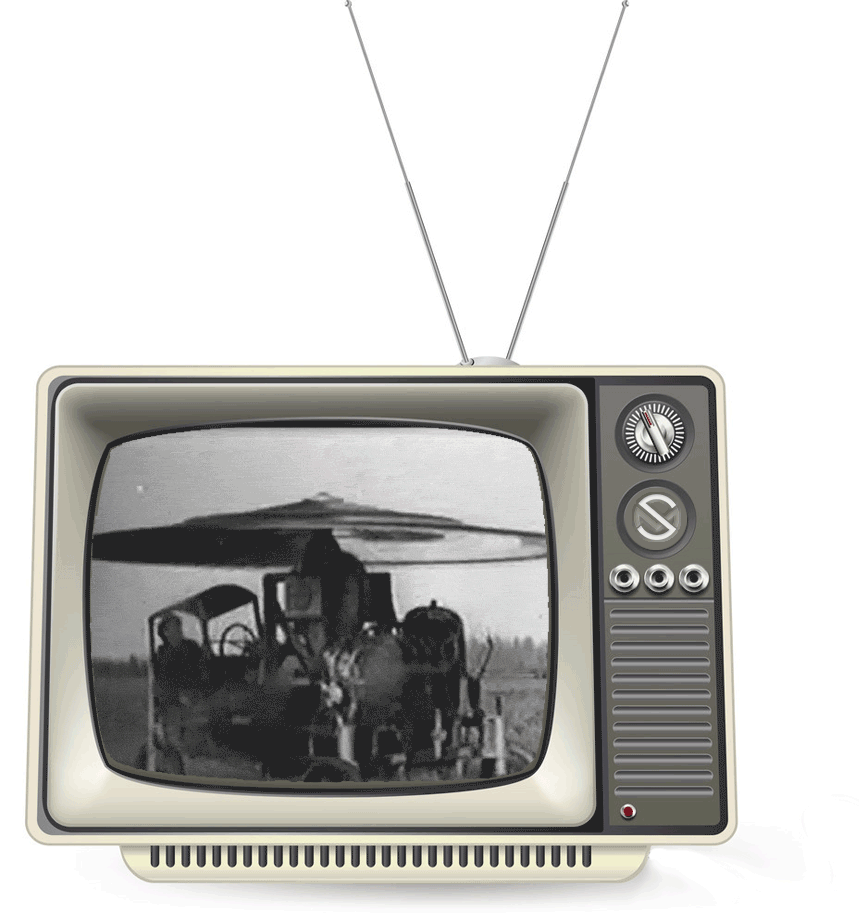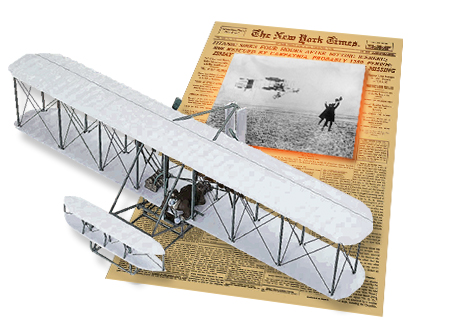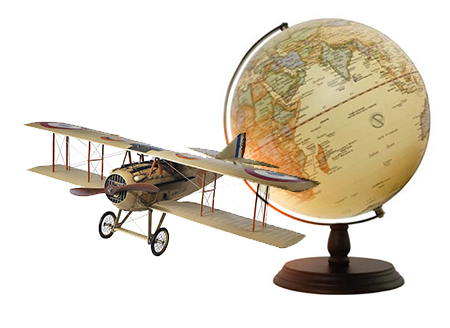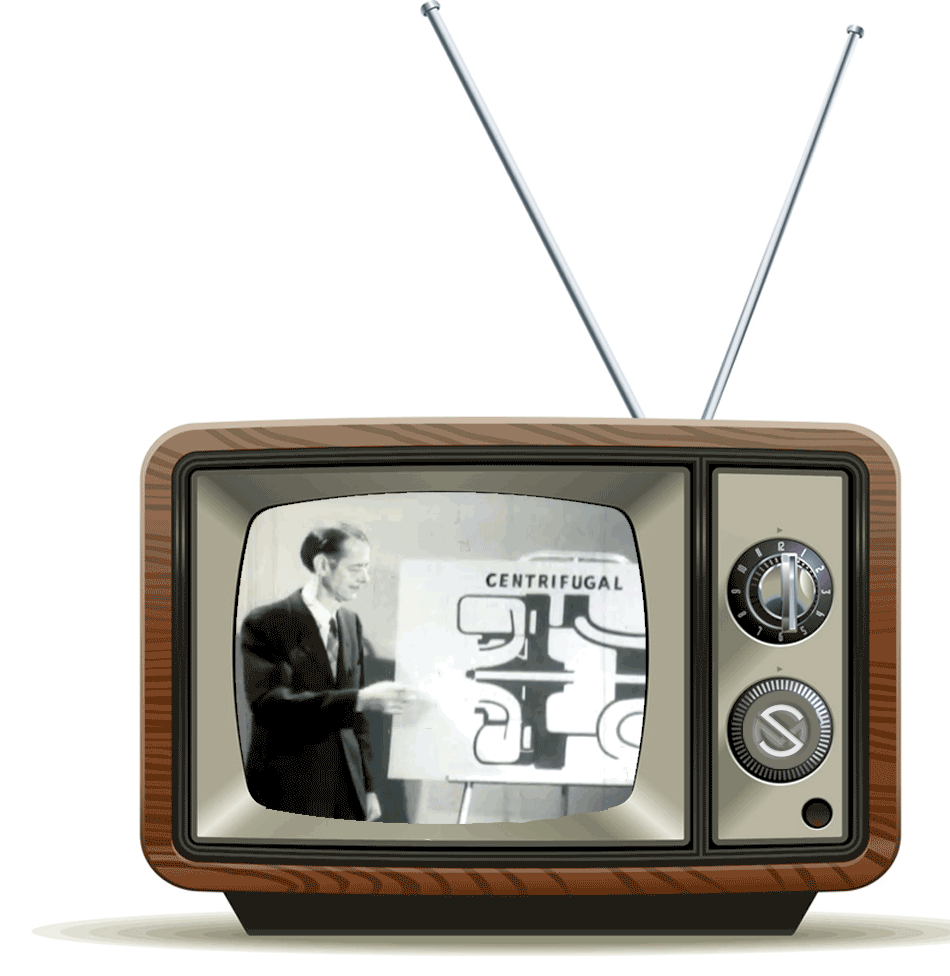Aviation
This is how the modern day airplanes were born
 An English baronet named George Cayley was the first person to create a flying machine with fixed wings in 1799, thus making the first real step towards the development of the airplane. He was the real pioneer of the aircraft. A century later, Wilbur Wright and his brother Orville spend a couple of years conducting aeronautical experiments before cooperating with engineers from Chicago. Together, they defeated the odds and were able to create a machine that lifted itself in the air. Attempts to succeed date back to the 16th century, but this was the first successful one. The shape of the wings was studied in a wind tunnel and it was perfected in 1884.
An English baronet named George Cayley was the first person to create a flying machine with fixed wings in 1799, thus making the first real step towards the development of the airplane. He was the real pioneer of the aircraft. A century later, Wilbur Wright and his brother Orville spend a couple of years conducting aeronautical experiments before cooperating with engineers from Chicago. Together, they defeated the odds and were able to create a machine that lifted itself in the air. Attempts to succeed date back to the 16th century, but this was the first successful one. The shape of the wings was studied in a wind tunnel and it was perfected in 1884.
The Pioneers of Aviation
 Three decades prior to the Wright brothers’ endeavor, Otto Lilienthal perfected Cayley’s design and created numerous gliders and completed around 2,000 flights with them. The Wright brothers simply took that knowledge and developed the machine.
Three decades prior to the Wright brothers’ endeavor, Otto Lilienthal perfected Cayley’s design and created numerous gliders and completed around 2,000 flights with them. The Wright brothers simply took that knowledge and developed the machine.
Many other inventors began working on propulsion and steering systems to perfect the flying machine and make it suitable for a human-operated flight. The first sustained flight recorded happened in 1896 in a steam-powered aircraft.
Internal combustion engines were the next step towards the modern plane, which is another reason for the Wright brothers’ success. With a lightweight engines and special propellers, their machine was capable of a sustained flight while it was easy to handle.
Some of the other aviation pioneers include Gabriel Voisin, Henri Farman, Alberto Santos-Dumont, and Glenn Hammond Curtiss – they all contributed a lot for the development of the industry.
There was a rapid growth in aviation until WWI started. During the war, most of the effort went into warfare development and investment. This resulted in a big technological progress and after the war ended, many new air routes were established. Radial piston engines were introduced which was an important step.
The New Horizons
 In the first couple of decades of the 20th century, intercontinental flights became the goal. The Atlantic was crossed in a nonstop flight for the first time ever. Lockheed, Fokker and Spitfire became huge names, especially during WWII.
In the first couple of decades of the 20th century, intercontinental flights became the goal. The Atlantic was crossed in a nonstop flight for the first time ever. Lockheed, Fokker and Spitfire became huge names, especially during WWII.
Rolls-Royce produced some of the most powerful and reliable engines at the time. Soon, the need for airline companies was realized and the Imperial Airways Ltd. was established in Britain, followed by KLM in the Netherlands in 1919 and the Deutsche Luft Hansa in 1926. Airliners like the Boeing Company 247 model made the comfortable long-distance flights possible in the 1930s.
Douglas DC-4 and Boeing Stratoliner were among the most important planes in the 1940s that set the pace for future machines’ development.
After WWII ended, postwar airplanes proved to be way more advanced than before. Machines with up to 50 passenger seats were piercing the clouds with speeds exceeding 320km/h.
New plane models like the Douglas DC-7 and the Lockheed 1649A Starliner were a massive hit in the 1950s. They had a huge flight range and impressive top speeds reaching 640km/h. As a result, airlines across the world grew immensely. Gradually, airline services became affordable for the middle class. Meanwhile, private business plane manufacturers like Gulfstream and Learjet emerged.
The Airline Business Growth
In 1969, airlines’ fleet passed the 120,000-unit mark in total. Gas-turbine engines reshaped the industry just like petrol ones did in the dawn of the century. The jet engine introduction was the other important reason for air travel to become affordable for the majority of people. It was expensive for production and maintenance but it allowed for much frequent use, so the cost-efficiency ratio was improved.
The Concorde supersonic passenger jet was a groundbreaking airplane put to commercial use in 1976. Meanwhile, the Russians introduced many Tupolev and Ilyushin airplanes. Around the same time, Boeing adopted the turbofan engine technology. The company’s model range was the best in the world at the time. A number of European companies joined forces and established Airbus in an attempt to compete with Boeing, and soon the Airbus A300 was unveiled, followed by the Airbus A320 which became widely popular in the dawn of the 1990s.
 The Jet Era
The Jet Era
The jet airplanes proved to be much more efficient and their era also came with bigger passenger terminals and airports. However, as flying became a mass-used means of transportation, budget airlines emerged, using planes with narrow seats and less space inside.
There are many different types of aircrafts that vary depending on their purpose and size. The unmanned crafts are often lighter than air, meaning there are no engines onboard – they are mainly used for scientific and research purposes. The aircrafts with propulsion vary from small civil planes with one or two seats to huge airliners and business airplanes. There are many different weight categories of cargo planes as well. Planes may vary depending on number and placement of their engines, the wing type and span, as well as the types of landing gear and fuselage structure.